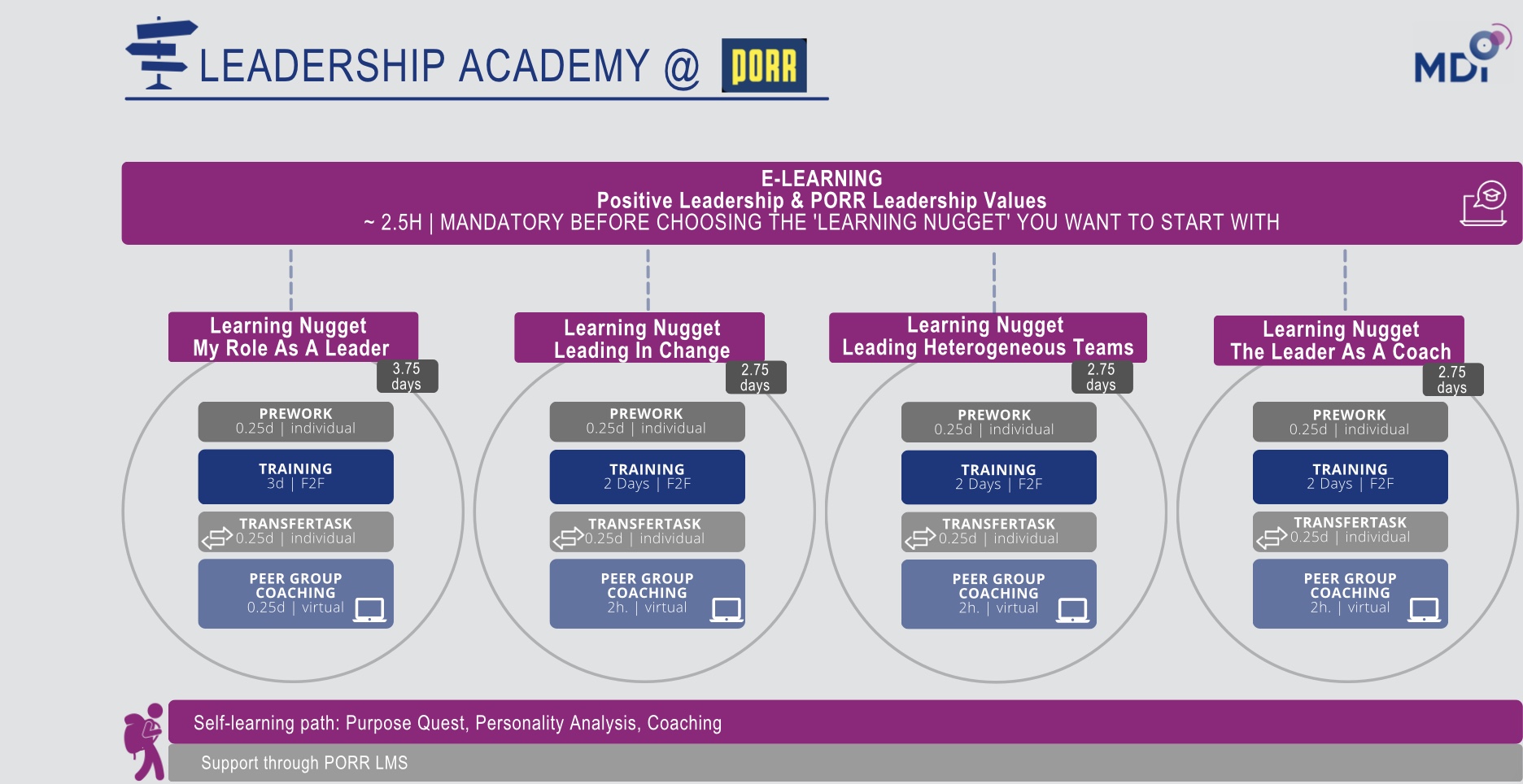
The 5 most important soft skills for leaders in the age of AI
The 5 most important soft skills for leaders in the age of AI
Prefer to listen to the article? Click below to access our AI speech-generated audio. However, if you want to read it as usual, keep scrolling.
The 5 most important soft skills for leaders in the age of AI
In times where artificial intelligence knows no boundaries and numerous programs can seemingly replace any work, leaders are placing more and more value on so-called soft management skills.
In this blog post, you will learn what exactly we mean by this and why soft management skills are indispensable, especially in the context of artificial intelligence. However, if you want to learn more about the basics of artificial intelligence, you can read the first blog post of our AI series here.
Hard vs. soft management skills
While hard management skills focus more on actually doing the job, e.g. dealing with data, managing and analyzing projects, and allocating budget, soft skills are mainly about the human aspect of leadership.
Thus, it is more about empathy, cohesion, transparent communication, etc., which means that leaders should pay more attention to social interaction with their employees. While both areas of leadership are equally relevant, there is one important factor that differentiates them:
Artificial intelligence can replace the hard aspects of leadership, but not the “soft” ones.
Especially in the aforementioned areas – i.e., data analysis and management, forecasting and budgeting – but also in project management, marketing, and HR, there are now quite a few programs that significantly simplify a leader’s tasks and make them more efficient.
While artificial intelligence can save us some work, it cannot replace the human aspect. So the more AI takes over these technical tasks, the more important it is for leaders to focus on soft skills.

The 5 most important soft skills for leaders in the age of AI
Of course, there is a wide range of relevant soft skills that you should apply as a leader in your everyday work. Here we present the 5 most essential ones.
1. Transparent communication
As a leader, you should be able to talk openly and honestly with your employees about internal and external topics. Also, in the context of artificial intelligence, it is important to clearly communicate to your employees where AI will be used and how your work structures will now change.
2. Empathy and social understanding
Especially in times where roles in the company are changing rapidly and new programs and devices are constantly being introduced, it is important to be able to empathize with your employees and also understand what they need.
Because in the end, of course, it’s not just about your vision as a leader, but also about making sure your employees feel comfortable with the move to artificially intelligent programs and that any concerns about the issue can be listened to and addressed as far as possible.
More on how to boost your empathy in this article.
3. Adaptability
As a leader, you should be constantly learning about new programs and technologies to stay current. It is important not to be afraid of these changes and adapt to them as soon as possible.

4. Awareness of cultural and gender differences
The use of artificial intelligence varies from culture to culture, which you should be especially aware of when working with other countries. Also, there is a large gender gap in the tech industry, and some AI algorithms harbor unintended biases and gender stereotypes.
Being aware of these factors can help you be mindful of the inclusive use of artificially intelligent programs.
You can read more about this topic in this article.
5. Critical thinking
While AI programs can handle some of our routine tasks, their flawless problem-solving is not guaranteed. Therefore, it is up to you as a leader to review the programs’ solutions and critically question whether they have actually handled the problem ideally.
In this article, you will find tips on how to improve your critical thinking.
Conclusion
Especially now that artificial intelligence can take over more and more tasks and facilitate processes, it is important for leaders to strengthen and develop their soft skills. Thus, a smooth transition to AI programs can succeed not only for you but also for your team and the entire organization.

Jana Wölfl
Marketing Assistant
Jana Wölfl works at MDI as a marketing assistant and writes blog posts for our site in addition to her studies at Leiden University.
She also works for SDI and supports us with writing content there as well.


















